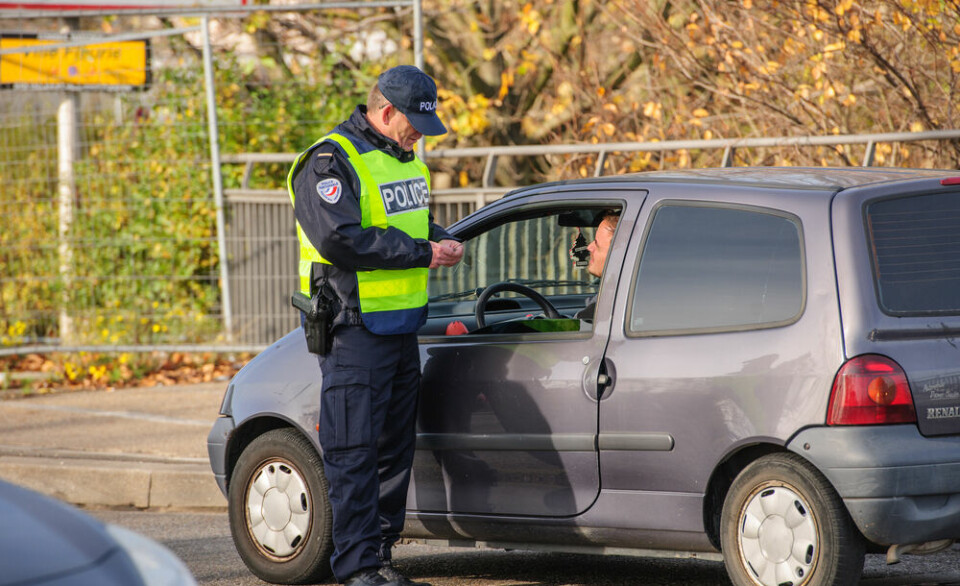-
Many Société Générale customers to be charged additional fees from April
There is some good news for international banking and instant transfers, however
-
Why gas prices in France are rising in April - and by how much
It comes after six consecutive monthly rises. Try these tips to reduce your bills
-
New notaire data suggests easing of Paris property crisis
Property experts have talked of ‘easing pressure’ and ‘breathing space’ after a four-year slump
Cable car to ‘boost tourism and cut pollution’
Marseille could join Grenoble, Toulon and Brest as it plans a cable car public transport system to boost tourist numbers at Notre-Dame de la Garde, the cathedral above the old port

Consultant engineers plan to have a system up and running by 2021 to increase visitor numbers to three million a year, up from two million now.
Stretching 1km from the Vieux-Port near Fort Saint-Nicolas, it will climb 150m to the cathedral hilltop and Gérard Chenoz, deputy mayor for major projects, told Connexion: “Residents of the streets leading up to Notre-Dame de la Garde will benefit the most because of the reduction in the number of tourist buses.” He added: “Roads are saturated with two million visitors, but with the new system we should be able to have three million, boosting the economy and with less traffic and pollution.”
Funded and run privately, it is thought the cost will be around €15million. Engineering studies will take place in the next year to determine the route, with work to start in October 2019.
Cable cars have come back into fashion in France since receiving a boost from former environment minister Ségolène Royal, who favoured development of electric public transport systems.
The highest profile new one is in Brest, where a €19m link over the Penfeld river was a key part of an urban renewal project. Opened in 2016, it has had frequent failures, including doors in a cabin opening 75m over the river. Last August a cabin came off cables during tests and fell to the ground. No one was hurt.
Grenoble’s urban cable car was built in 1934 to give access to the Bastille fort with views over the city and Alps. Toulon has had a system since 1959 that was built privately as a way for residents on Mont Faron to reach their homes quickly.
Other cable cars are planned for Toulouse and Orléans while it is a regular topic in Nice.
























